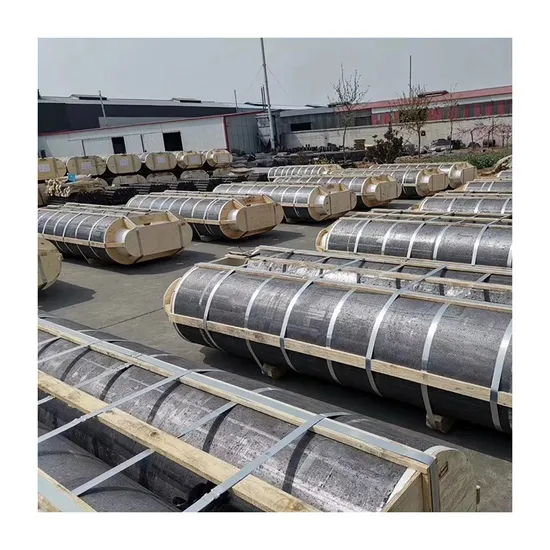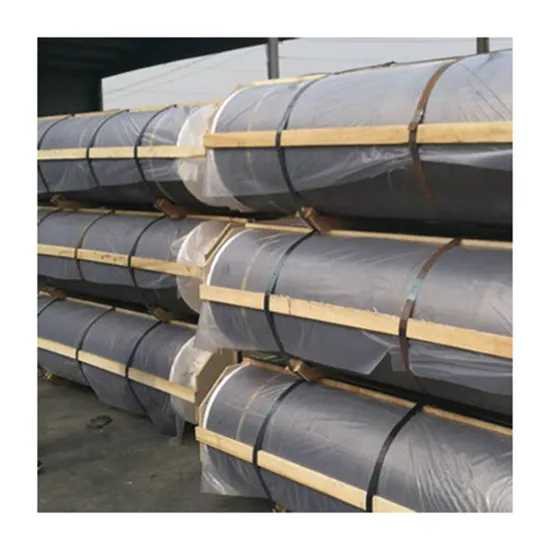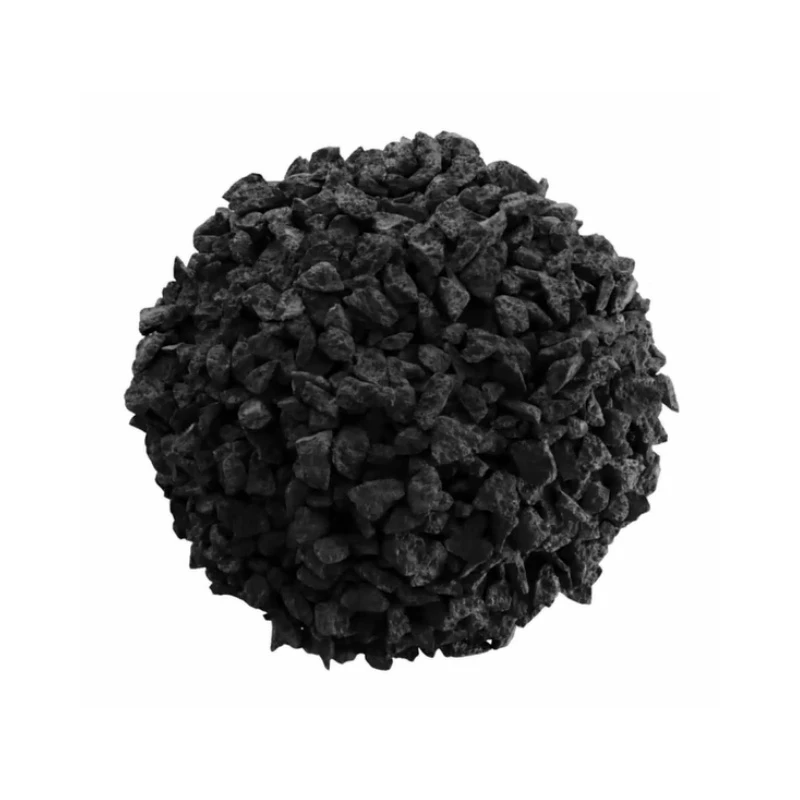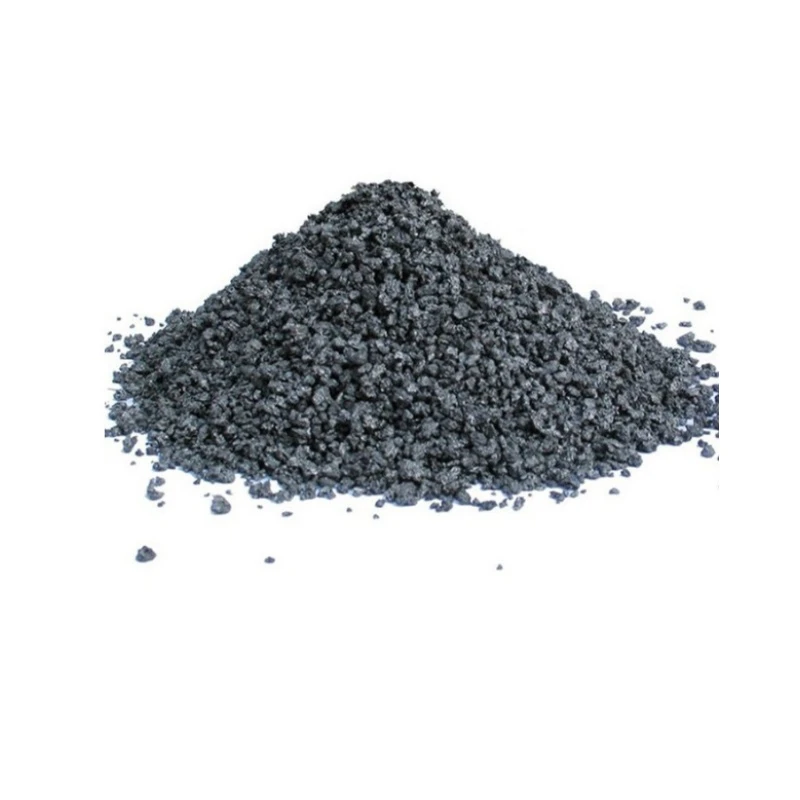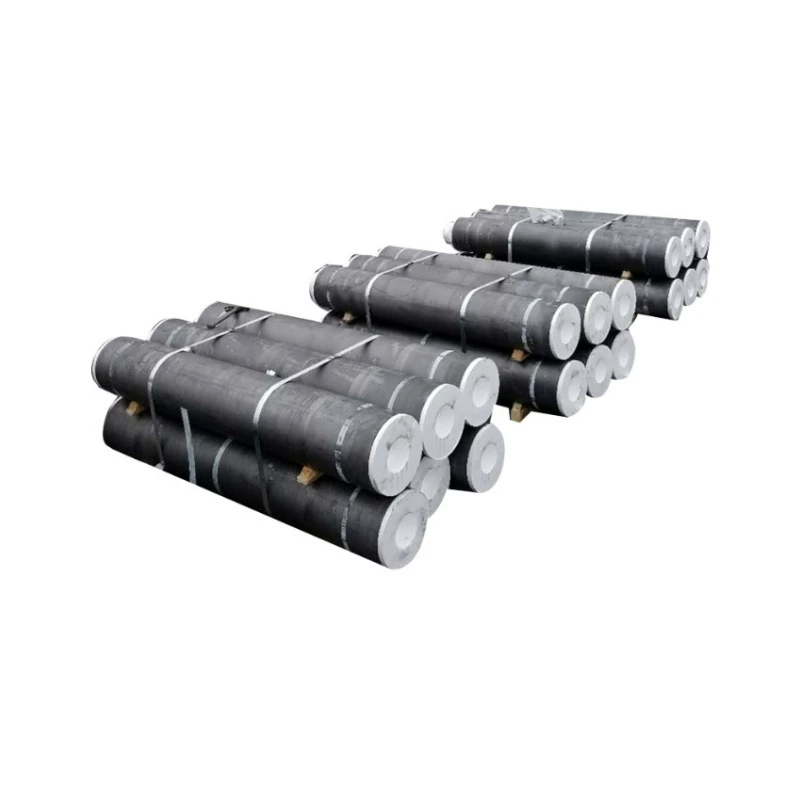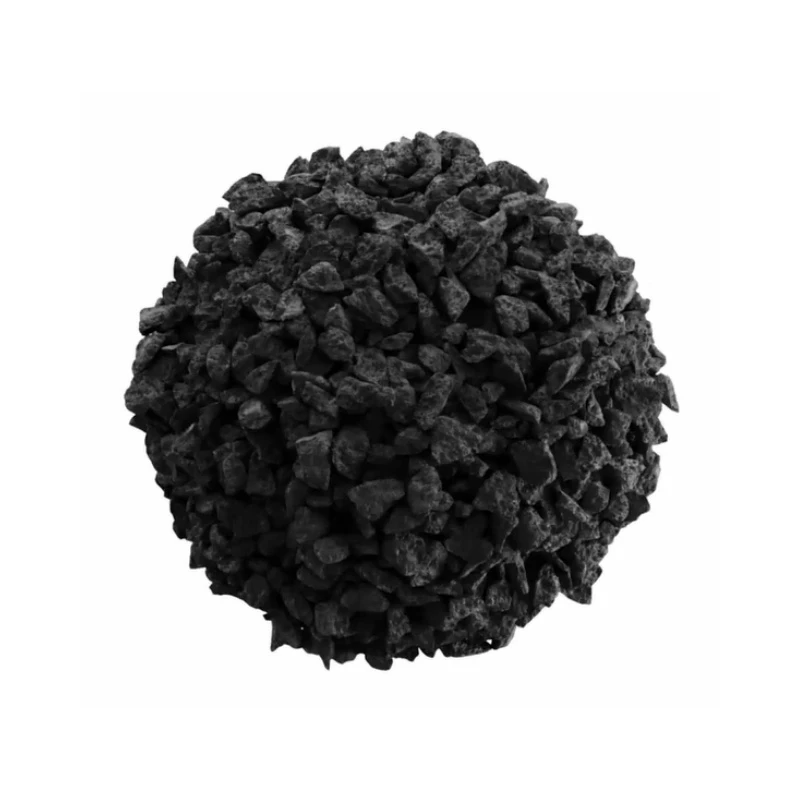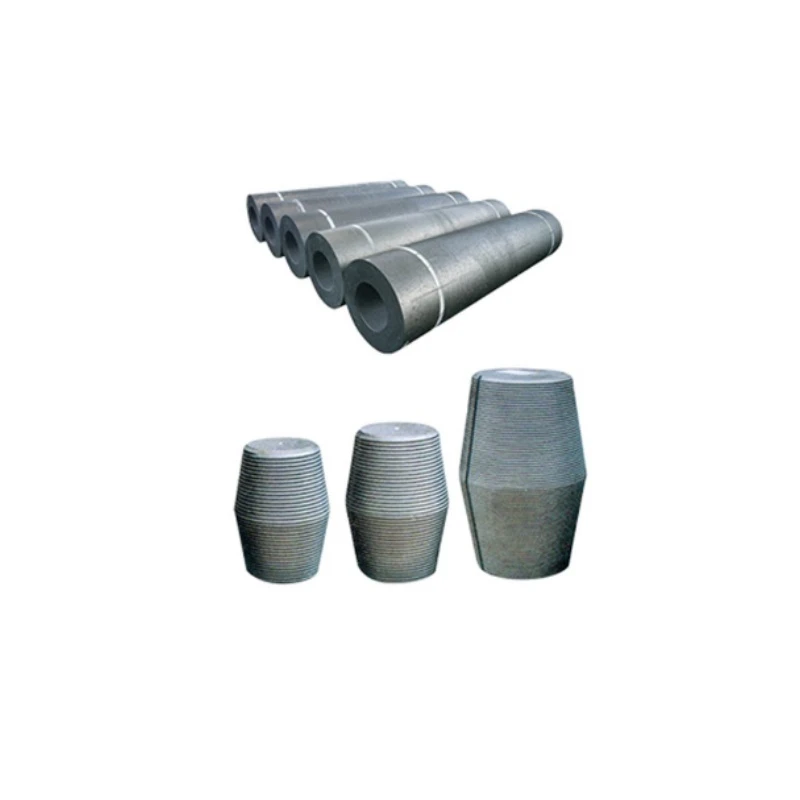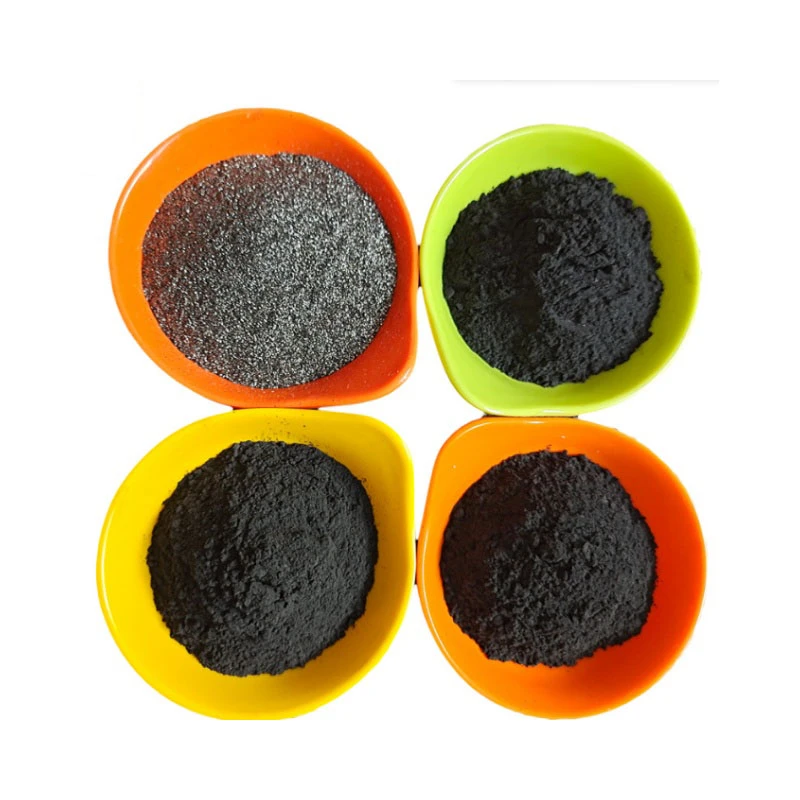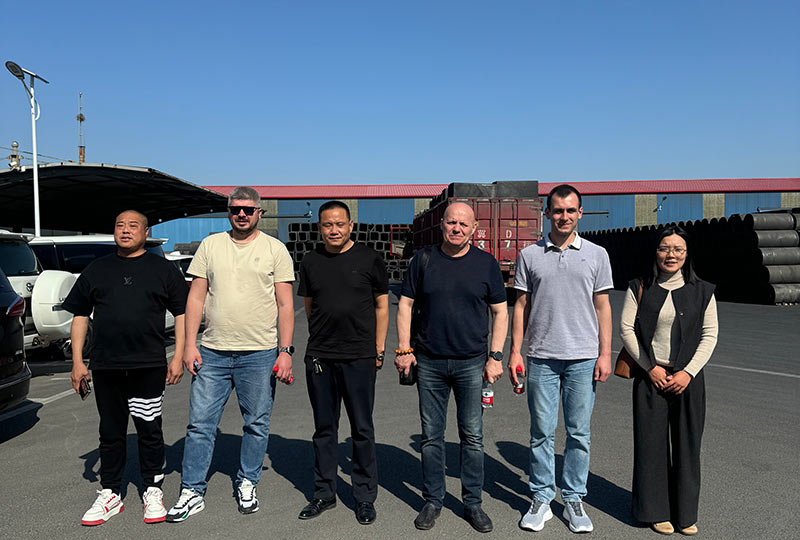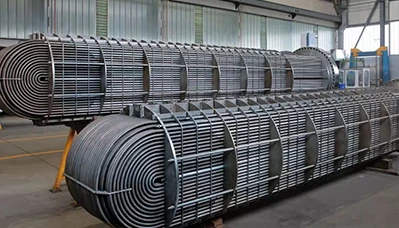- Englist


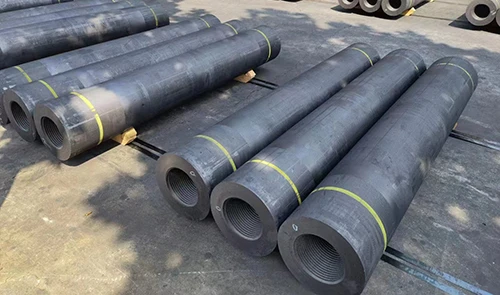
This blog explores the critical aspects of graphite-based industrial products, focusing on their types, technical advantages, and real-world applications. Below is a structured overview of the content:
- Introduction to Graphite-Based Industrial Components
- Technical Advantages of High-Performance Graphite
- Comparative Analysis of Leading Manufacturers
- Customization Strategies for Industry-Specific Needs
- Performance Metrics Across Graphite Types
- Case Studies: Efficiency Gains in Key Sectors
- Future Trends in Graphite Crucible Technology

(types of graphite crucible)
Understanding Types of Graphite Crucible and Their Industrial Significance
Graphite crucibles are categorized based on material composition and thermal resilience. The primary variants include:
- Clay-bonded graphite crucibles: Ideal for melting non-ferrous metals, with a service temperature range of 800°C–1200°C.
- Silicon carbide-bonded crucibles: Superior thermal shock resistance, capable of enduring 1400°C cycles.
- Isostatic pressed graphite crucibles: Ultra-high density (1.88–1.92 g/cm³) for precision casting applications.
Recent market data indicates a 12.7% CAGR growth in advanced graphite crucibles, driven by renewable energy and aerospace sectors.
Technical Superiority in Modern Graphite Solutions
High-purity graphite (carbon content >99.9%) delivers unmatched performance:
- Oxidation resistance increased by 40% compared to standard grades
- Thermal conductivity up to 120 W/m·K for rapid heat transfer
- Mechanical strength exceeding 45 MPa at 2000°C
Manufacturer Comparison: Performance vs Cost Efficiency
| Brand | Density (g/cm³) | Max Temp (°C) | Cycle Life | Price Index |
|---|---|---|---|---|
| GrafTech | 1.85 | 2800 | 150+ | 100 |
| SGL Carbon | 1.78 | 2500 | 120 | 92 |
| Toyota Carbon | 1.82 | 2700 | 140 | 105 |
Tailored Solutions for Diverse Industrial Requirements
Customization parameters include:
- Diameter tolerance: ±0.05mm to ±2mm
- Surface treatments: Anti-oxidation coatings (Al2O3 or ZrC)
- Hybrid designs combining crucible-electrode functionality
Quantifying Performance Across Graphite Types
Third-party testing reveals critical comparisons:
- Electrode consumption rate: 2.1 kg/ton (ultra-high power) vs 4.8 kg/ton (regular power)
- Crucible lifespan improvement: 220 cycles (isostatic) vs 80 cycles (cast graphite)
Real-World Applications of Graphite Crucible Types
A photovoltaic manufacturer achieved:
- 23% reduction in silicon waste using precision crucibles
- 15% faster cycle times through optimized thermal design
- 38% energy savings via enhanced conductivity
Innovation Pathways in Graphite Electrode and Crucible Design
Emerging developments include:
- Nano-coated crucibles showing 50% better oxidation resistance
- 3D-printed graphite components reducing lead times by 65%
- AI-driven predictive maintenance extending equipment life by 30%

(types of graphite crucible)
FAQS on types of graphite crucible
Q: What are the main types of graphite crucibles?
A: Common graphite crucible types include high-purity graphite crucibles, silicon carbide-bonded graphite crucibles, and clay-bonded graphite crucibles. They vary in thermal conductivity and durability, tailored for applications like metal melting or chemical processing. High-purity variants are ideal for high-temperature and reactive environments.
Q: How do graphite electrode types differ from graphite crucibles?
A: Graphite electrodes, such as RP (Regular Power), HP (High Power), and UHP (Ultra High Power), are primarily used in electric arc furnaces for steelmaking. Crucibles, however, are designed for melting metals or chemicals, emphasizing heat resistance and chemical stability. Their structures and applications are distinct despite both using graphite.
Q: What graphite types are used in industrial crucibles?
A: Industrial crucibles often use isostatically molded graphite or extruded graphite. Isostatic graphite offers uniform density and high strength, suitable for precision applications. Extruded graphite is cost-effective for general-purpose use in lower-stress environments.
Q: Are there temperature limits for different graphite crucible types?
A: Yes—high-purity graphite crucibles withstand up to 3000°C in inert atmospheres, while silicon carbide-bonded types typically handle 1600-1800°C. Clay-bonded variants have lower limits (~1200°C) and are prone to oxidation at higher temperatures.
Q: How do graphite electrode and crucible applications overlap?
A: Both leverage graphite’s thermal conductivity and resistance, but electrodes focus on electrical conduction (e.g., steel production), while crucibles prioritize containment and heat transfer (e.g., alloy melting). Overlap exists in high-temperature industries, but design and material purity differ significantly.





 Pervious
Pervious
 Next
Next
